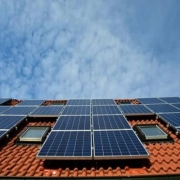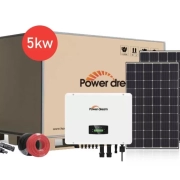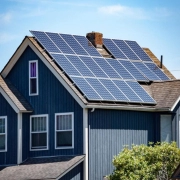What are the on grid solar system features that homeowners value most?
When considering a residential on grid solar system, homeowners weigh various factors beyond having solar panels on their roofs. An efficient on grid solar system for residential use must deliver tangible benefits, including reliable energy supply, return on investment, seamless integration with existing electric infrastructure, and minimal maintenance. It also needs to fit the homeowner’s lifestyle preferences, among other things. Here are a few of the most important residential grid-tied solar system features that make the best solar systems stand out and deliver peace of mind, affordability, and environmental stewardship.
Net Metering and Electricity Bill Reduction for on grid solar system
The most compelling reason for homeowners to invest in a on grid solar system is to reduce their electricity bills significantly. Net metering arrangements allow excess electricity generated during peak hours of sunlight to flow back to the utility grid for credits at or near retail prices. When solar panels are not generating enough electricity, homeowners can draw power from the grid and offset it against accumulated credits. An effective on grid solar system for residential use can maximize this benefit by optimizing the orientation and tilt of solar panels, sizing the system to fit household consumption patterns, and integrating innovative metering technology to track real-time energy flows.
By precisely balancing power generation and consumption, homeowners can reduce net energy costs by 50% to 90%, shortening the payback period to five to seven years in most regions, such as South America. For many, net metering cuts monthly bills and protects against future electricity price increases.
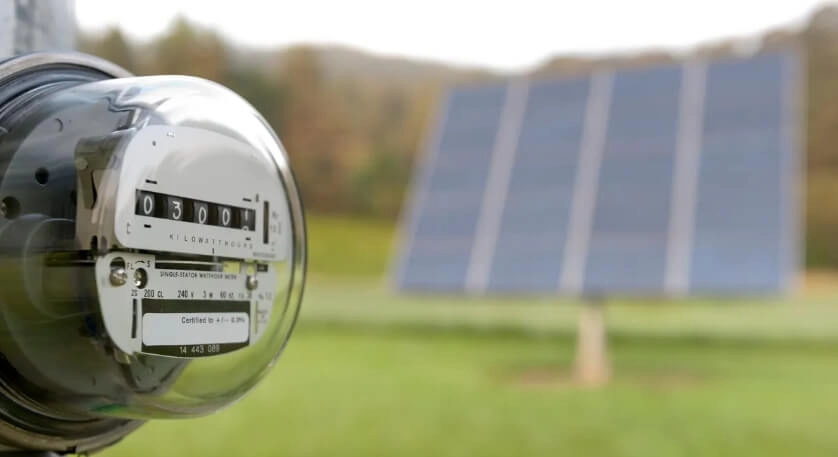
Intelligent Inverters and Performance Monitoring for on grid solar system
A on grid solar system is incomplete without an intelligent inverter and a powerful performance monitoring platform. Intelligent inverters convert the DC power from solar panels to grid-compatible AC power while providing grid support functions such as reactive power compensation, frequency regulation, and islanding protection. Homeowners value these advanced features because they maintain grid stability and help qualify for utility rebate programs. In addition, integrated monitoring dashboards can provide real-time data on system output, panel-level performance, and historical energy savings. Fault detection alerts, predictive maintenance notifications, and performance benchmarking against expected benefits enable homeowners to promptly troubleshoot shading issues, panel contamination, or inverter anomalies. Homeowners can ensure peak operating efficiency and maximize energy collection by choosing a on grid solar system for residential use with a intelligent inverter and comprehensive monitoring capabilities.
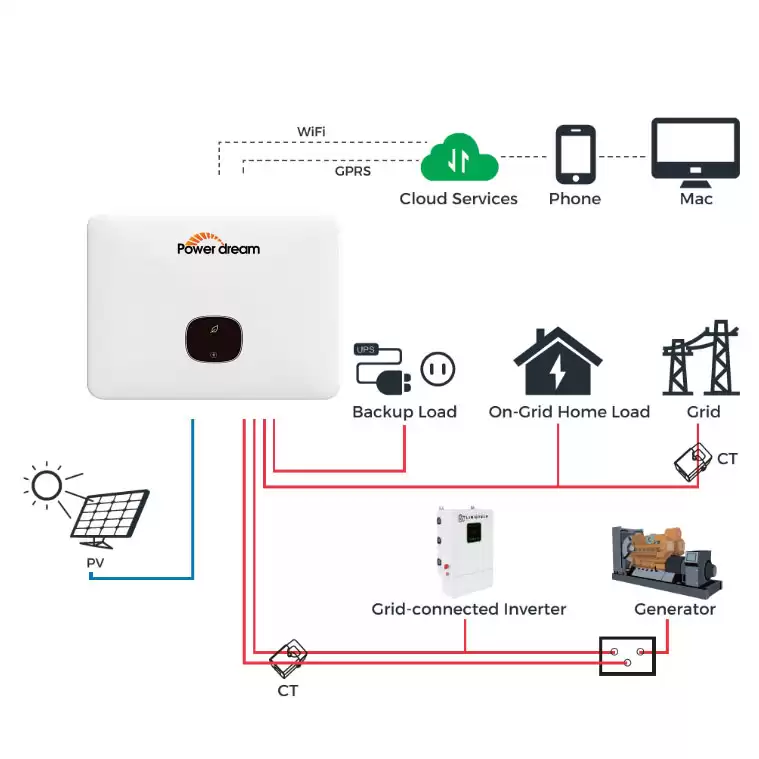
Durability and Low Maintenance Requirements
Long life and minimal maintenance are critical for homeowners who choose an on grid solar system. Quality solar panels can come with a multi-year performance warranty that guarantees at least 80% of rated power output. Components such as inverters, racks, and wiring must withstand extreme temperatures, high wind loads, and occasional hail. BARANA equips its residential on grid solar systems with corrosion-resistant aluminum frames, wire management systems with UV-resistant sheathing, and modular microinverters that simplify maintenance by isolating problems at the panel level. Routine maintenance typically includes semi-annual visual inspections and occasional panel cleanings, which homeowners can manage or include in a low-cost service contract. On grid solar system for residential uses minimize downtime and maintenance expenses by prioritizing durable materials, strong warranties, and panel-level monitoring, ensuring stable performance and reliable energy production for decades.
Simplified Installation and Grid Integration
Homeowners value a seamless installation process and the confidence that their on grid solar system will integrate smoothly with local utility infrastructure. Our professional installers conduct a comprehensive site assessment, including a roof structure assessment, shading analysis via a solar pathfinder, and an interconnection feasibility study to design a system that complies with each rooftop and community regulations. Once permits are obtained, our team completes electrical upgrades, panel installation, inverter setup, and meter installation for 5-7 kW residential systems in a minimal amount of time. Local authorities then conduct a final inspection and sign a utility interconnection agreement to ensure the system is safely connected to the grid.

Scalability, Future Expansion, and Environmental Impact
The flexibility to expand capacity is a significant feature homeowners appreciate about on grid solar systems. You can start with a core 5 kW on grid solar system and integrate future additions such as solar carports, ground mounts, or battery storage by pre-designing the switchboard, conduit routing, and inverter capacity. This scalability supports changing home energy needs, including EV charging or home automation systems. In addition, homeowners are increasingly looking to the environmental credentials of solar installations: dual-axis tracking options, bifacial panels that capture reflected light and integration with RECs enhance sustainability. Meanwhile, on-grid solar systems for residential uses that support modular expansion and meet green building certifications enable homeowners to continually reduce their carbon footprint and contribute to broader climate goals.
Homeowner-centric features
Features that homeowners of on grid solar systems value include net metering, smart inverters with real-time monitoring, durability and low maintenance, streamlined installation, and grid compatibility. These features can reduce energy bills, increase property value, and reduce carbon footprint.


